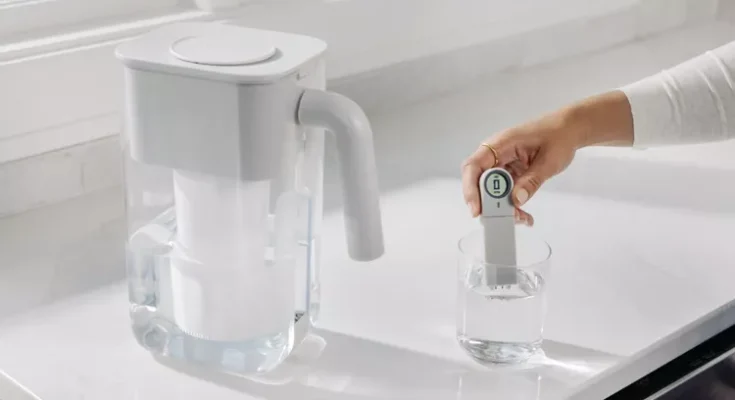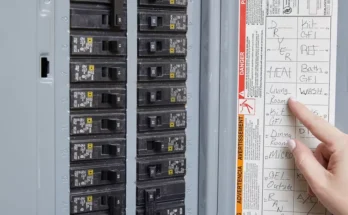I uncovered the truth about my drinking water with a new filtered pitcher with built-in testing technology.
As a country-living homeowner, I’ve had my fair share of water quality issues in my house. From hard water stains to water softener problems, I feel like I’m always battling our well water. Despite having a filtered water faucet—that we were told made our water safe to drink—I’ve had my suspicions about its quality.
I recently tried a filtered water pitcher that also tested the quality and cleanliness of my water. Spoiler alert—I was stunned when I saw the results. Read on to learn about my experience with the technology, and how it empowered me to learn more about what I was drinking every day.
My Water Testing Experience
When I learned that the water treatment brand Culligan had launched a filtering water pitcher that tests your home water quality I knew I had to try it on my notoriously problematic well water. The ZeroWater Technology pitcher and dispensers promise to filter five times more contaminants than the leading water filter, including lead, pharmaceuticals, and PFAS (long-lasting chemicals). Since it also features a live reading of the water’s quality, I was eager to see how it would measure the water I drink each day from our faucet.
After unboxing, cleaning, and assembling my pitcher, I filled it with water and let it run through the filter. I then filled a glass with water straight from my faucet and another with water from the pitcher. Next, I pulled the attached total dissolved solids (TDS) meter from the back of the pitcher and inserted it into the glass with tap water. TDS is measured in parts per million (PPM), so I was shocked when I saw that it was above 500 PPM—which is considered a max contamination level according to the U.S. Environmental Protection Agency.
Of course, the next step was to test the water I poured from the filtered pitcher. Just like the pitcher’s name indicates, the meter read a perfect zero. While I was still concerned about why my tap water had such a high TDS reading, I was relieved to know that with the pitcher, my water was cleaner (and better-tasting!) than my tap water.
“Despite news of contaminants’ presence in water across U.S. households, many consumers are unaware they have access to solutions to confidently control the quality of their drinking water,” says Kathy Chi Thurber, global president of consumer products for Culligan International. “We want people everywhere to feel empowered to understand what’s in their water, and to know Culligan is their trusted water partner.”
What Does a High TDS Reading Mean?
While my tap water reading was alarming, Thurber assured me that the TDS reading does not necessarily indicate if the water is safe or unsafe to drink. Rather, it simply tells consumers how much dissolved solids are present—not what those solids are. These solids can include calcium, magnesium, chloride, sulfates, fluoride, and more.
It can also indicate how well a filter works and when it might need to be changed (and it continues reading the water inside the pitcher when attached). Most of the time, these solids affect cleaning, laundry, and shower water issues more than health concerns. However, high test results shouldn’t be ignored completely.
Since a TDS meter can’t tell you if your water is safe to drink or not, Thurber encouraged me to consider a professional water test with a local expert, which I plan to do.
In the meantime, I’ll feel better knowing 99.99% of the solids are filtered out of my drinking water with the help of the pitcher. If you have some of the same concerns I did, I recommend getting your water professionally tested and using a filtering pitcher in the meantime.



